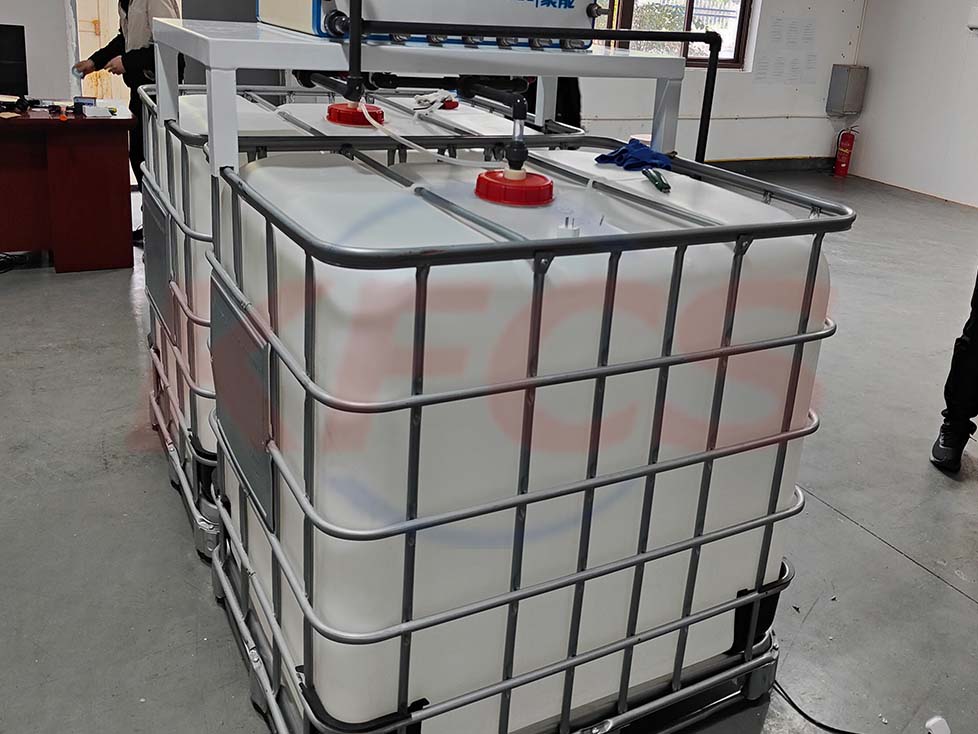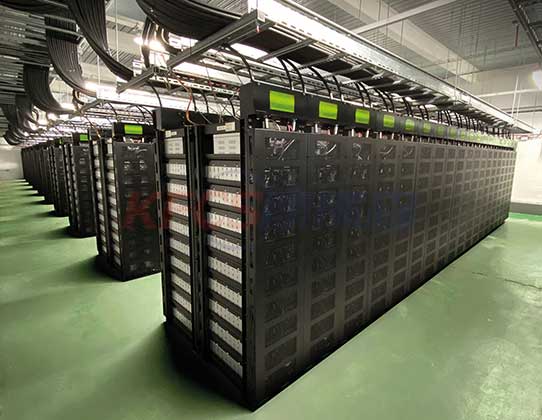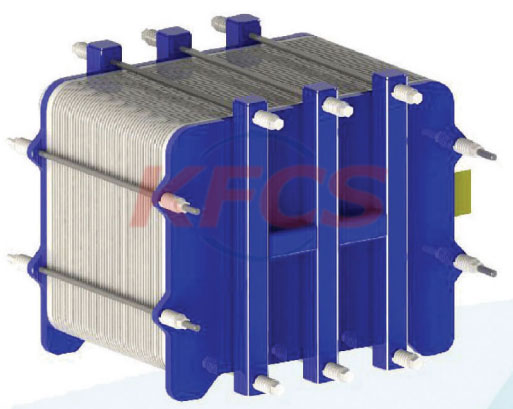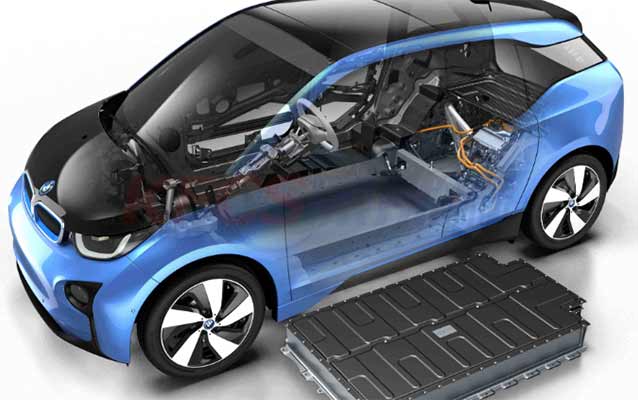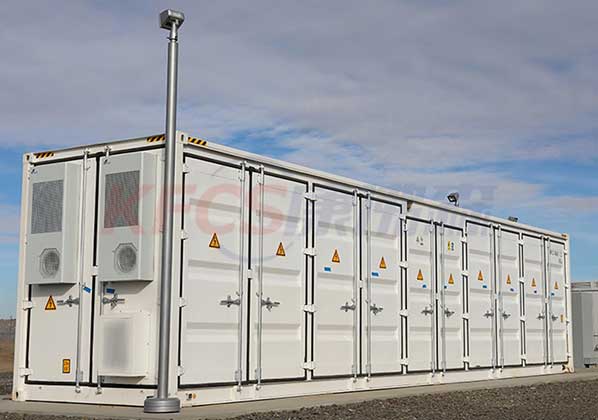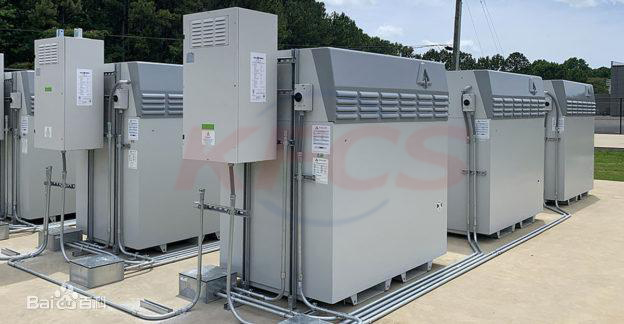Principle of Vanadium Redox Battery
2022-05-13
The Vanadium Redox Battery stores the vanadium ion solutions of different valence states as the active substances of the positive and negative electrodes respectively in the electrolyte storage tank. The electrolyte stored in the tank is pumped into the stack to make it circulate in the closed circuits of different liquid storage tanks and half cells. The ion conduction membrane is used as the battery diaphragm. The electrolyte flows through the electrode surface in parallel and produces electrochemical reaction, and the current is collected and conducted through the bipolar plate, Realize the conversion of electrolyte chemical energy and electric energy.
While some flow batteries use two different chemicals for the positive and negative sides of the battery, vanadium flow batteries use the same electrolyte on both sides of the battery. This means the batteries are safe and reliable, and there is no harmful corrosion or degradation over time.
About News
- Introduction to Vanadium Batteries
- Energy storage operation and maintenance solutions
- How to recycle retired batteries
- Power battery recycling will help alleviate the demand for metal resources
- New energy vehicle battery after scrap recycling method
- All-Vanadium Redox Flow Battery Energy Storage
- Application of vanadium battery in photovoltaic power generation
- Operation of all vanadium flow battery energy storage system project
- Lithium iron phosphate batteries
- Features of Vanadium Batteries
Products


